
Best indoor plants to improve air quality and mood during colder months
Houseplants can lift your spirits and freshen the air in your home. During the colder months, when you're spending more time indoors, this natural boost is more important than ever. Discover our five favorite houseplants for winter well-being.
As the cold months roll in and daylight fades, many of us retreat indoors—along with dust, dry air, and the winter blues. But there's a simple way to lift your space and your spirits: houseplants.
Certain indoor plants are believed to purify stale air, raise humidity, and indirectly ease anxiety and depression. Better still, they bring a touch of nature into your home, offering beauty and calm through the darkest time of the year.
In this article, we’re looking at our five favorite houseplants that will lift your spirits and purify the air you breathe during the long months of winter.
Why indoor plants are essential during colder months
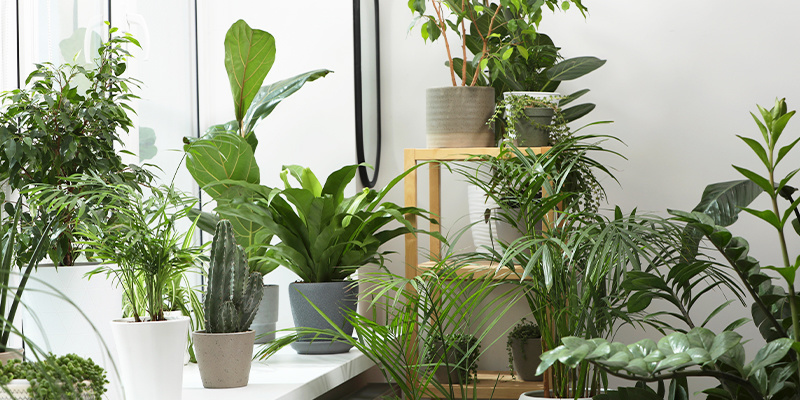
When temperatures drop, indoor environments become harsher. Air quality plummets, heating systems dry out the air, and natural light becomes scarce. This section explores the key reasons why houseplants are more than just decoration during autumn and winter.
Improved air quality and toxin removal
Indoor spaces tend to accumulate pollutants like formaldehyde, benzene, and trichloroethylene—especially in the winter when windows stay shut. Air-purifying houseplants help clear the air by absorbing these toxins through their leaves and roots, offering a natural, chemical-free solution to stale indoor air.
Mood enhancement and stress reduction
Shorter days and reduced sunlight can contribute to seasonal affective disorder (SAD) and general low mood. Plants can provide a natural lift. Being surrounded by greenery is thought to be able to reduce anxiety and create a calm, grounding atmosphere that supports emotional well-being throughout the darker months (Lee, 2015).
Increased humidity in dry winter air
Central heating systems quickly dry out indoor air, leading to itchy skin, irritated eyes, and even respiratory discomfort. Fortunately, many houseplants naturally release moisture through a process called transpiration. This gentle humidity helps balance indoor conditions and can make your home feel more comfortable and healthy.
Enhanced indoor aesthetics and well-being
We spend more time indoors in winter, so it’s worth creating a soothing, visually pleasing environment. Houseplants bring texture, color, and life into a room, turning it into a welcoming retreat. Place a fern in your bathroom or a palm in your lounge, and you’ll notice an immediate uplift in the space and your mood.
Best indoor plants for air purification and mental health
Not all houseplants are created equal. Some are especially effective at filtering toxins, boosting mood, and surviving low-light winter conditions. Here are five of the best air-purifying, mood-boosting plants available at Zamnesia.
Asparagus fern (Asparagus plumosus Nanus)
.jpg)
This delicate, lace-like fern packs a powerful purifying punch. The asparagus fern helps remove airborne toxins like formaldehyde and thrives in lower light, making it ideal for dimmer winter interiors. Its soft foliage adds tranquillity to any room, offering a visual and emotional calm.
Philodendron (Philodendron selloum)
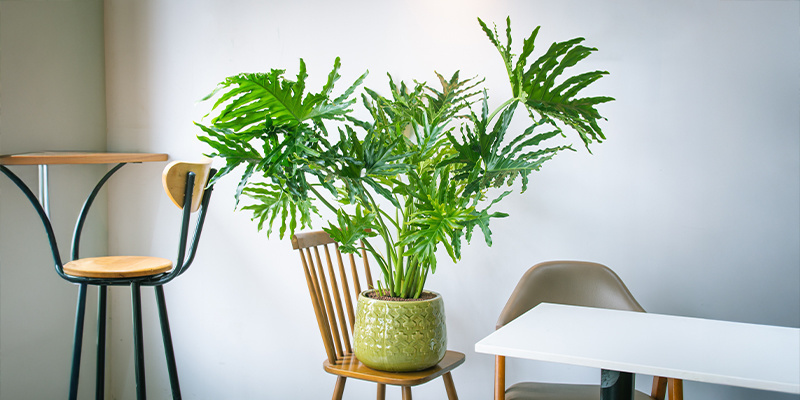
Philodendron’s large, glossy leaves don’t just look impressive—they actively absorb harmful indoor chemicals. Adaptable to a range of lighting conditions, this plant is perfect for winter homes. Its vibrant greenery brings a serene, tropical feel to your living space, easing stress and brightening your day.
Aloe vera (Aloe spp.)
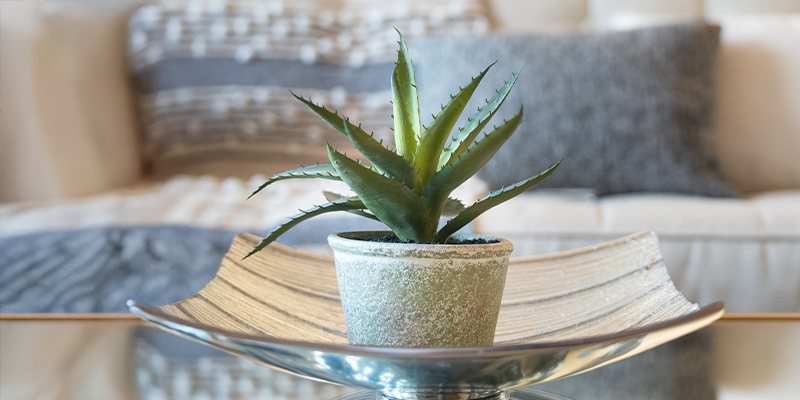
Aloe vera is both a healing skin remedy and a detoxifying powerhouse. It has been shown to absorb pollutants like benzene and formaldehyde and offers soothing benefits for winter-dry skin. With its clean lines and minimal care needs, aloe vera brings simplicity, health, and calm to your indoor space.
Lavender (Lavandula angustifolia)
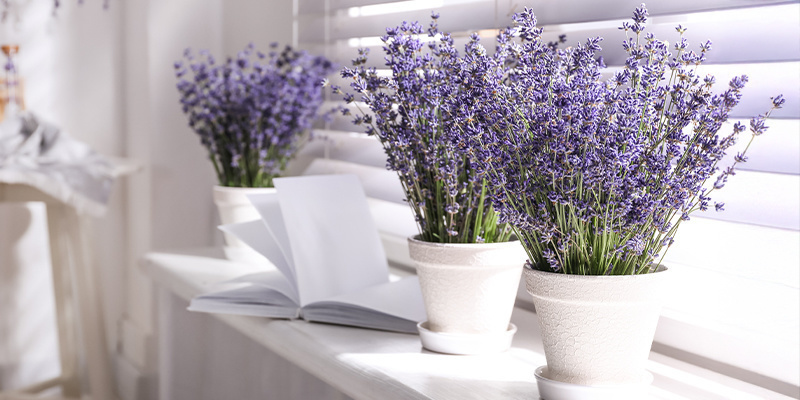
Known for its calming scent, lavender plants may help to reduce feelings of stress, support better sleep, and promote emotional well-being. It also filters out air toxins, thus improving air quality in bedrooms and lounges. Keep it near your bed or reading nook for a daily dose of calm.
Neanthe bella palm (Chamaedorea elegans)
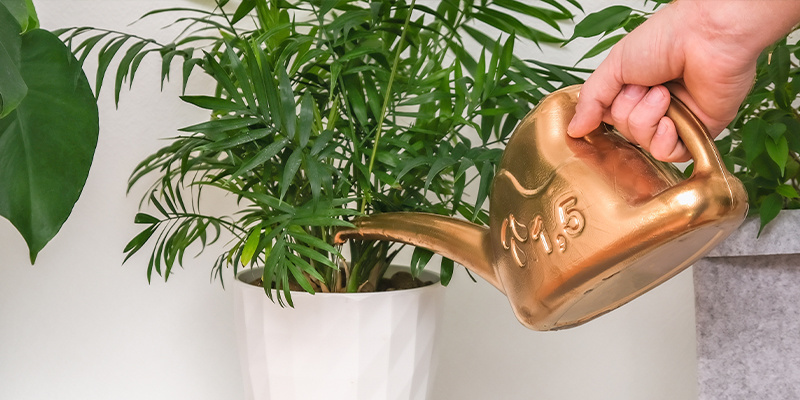
This elegant palm purifies the air while adding a tropical charm to the darker corners of your home. It’s particularly effective against benzene and trichloroethylene and is low-maintenance, making it a perfect choice for beginners or those who know that they’re not so good at keeping plants alive. Place it in your lounge or hallway to soften spaces and improve air quality.
Tips to care for indoor plants during winter
Winter care calls for a unique approach. With less light and drier air, your plants need a few adjustments to thrive. Follow these tips to keep them healthy and happy throughout the season.
Adjust watering frequency
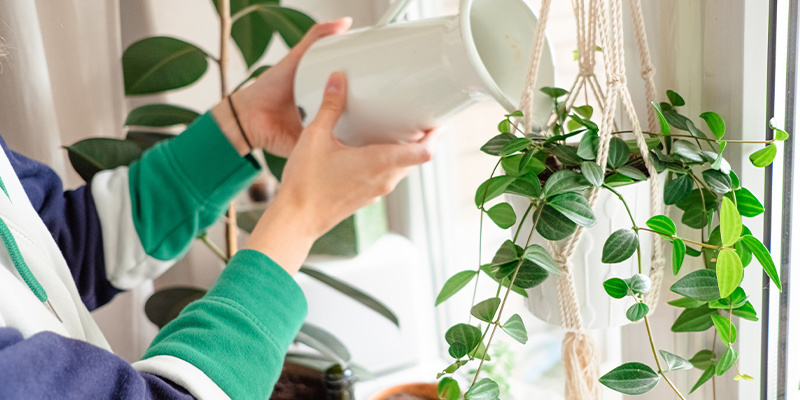
Plants grow more slowly in winter and need less water. Avoid root rot by:
- Checking soil before watering
- Watering only when the top inch of soil feels dry
- Avoiding excess water in saucers or trays
A weekly check-in is usually enough, though some plants may go even longer without a drink.
Provide adequate light for growth
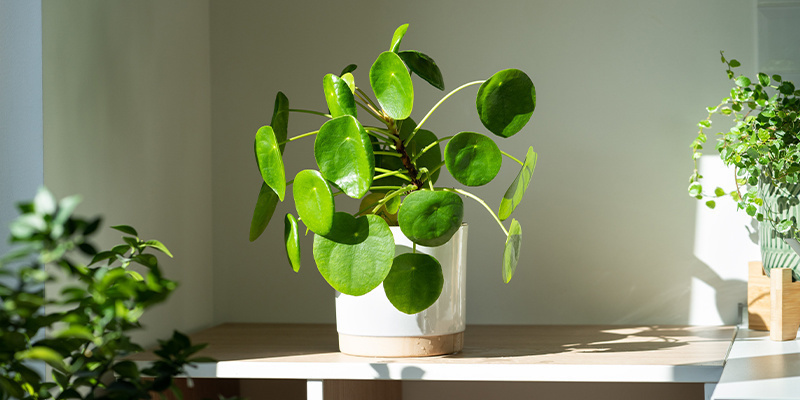
Maximize light exposure by:
- Placing plants near south-facing or sunniest windows
- Rotating them regularly for even light exposure
- Supplementing with LED grow lights if needed
Low-light lovers like ferns are just fine in dim rooms, while aloe vera will appreciate a brighter spot.
Maintain proper humidity levels
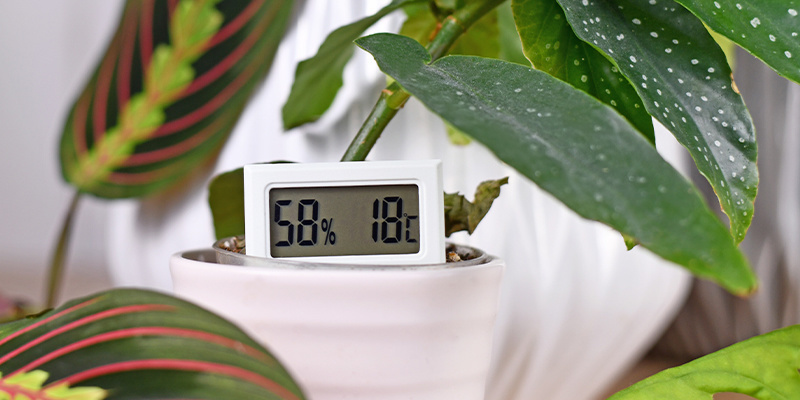
Dry air can harm your plants just as much as your skin. Increase humidity by:
- Running a humidifier nearby
- Grouping plants together to form a shared microclimate
- Using pebble trays with water under plant pots
Maintaining humidity helps plants transpire more effectively and prevents leaf tips from browning.
Bring nature inside and beat the winter blues
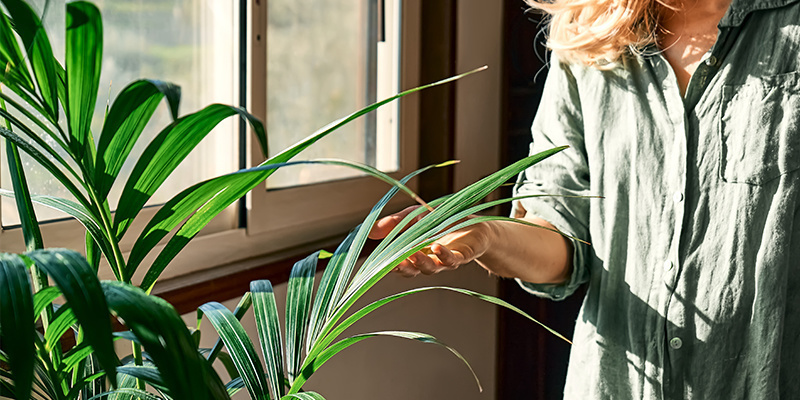
Indoor plants do far more than look pretty. They clear the air, lift your spirits, and create a healthier, happier home during the long winter months. With the right choices and care, you can transform your indoor environment into a vibrant, living space that can contribute to your overall well-being.
Whether you're new to houseplants or a seasoned indoor gardener, now’s the perfect time to add some greenery to your home and reap all the rewards.
- Lee, Min-sun, Lee, Juyoung, Park, Bum-Jin, Miyazaki, & Yoshifumi. (2015, December). Interaction with indoor plants may reduce psychological and physiological stress by suppressing autonomic nervous system activity in young adults: a randomized crossover study - https://jphysiolanthropol.biomedcentral.com
-
 5 min
January 20, 2024
Top 5 Leafy Greens to Grow at Home
Leafy greens are the easiest vegetables to cultivate at home. They're quick to grow, tolerate shade, and provide a harvest even through the winter months. There are a host of varieties out there,...
5 min
January 20, 2024
Top 5 Leafy Greens to Grow at Home
Leafy greens are the easiest vegetables to cultivate at home. They're quick to grow, tolerate shade, and provide a harvest even through the winter months. There are a host of varieties out there,...
-
 7 min
January 8, 2024
Best Fruits and Vegetables for Cold Climates
So, you live in an area with a short growing season? Your garden freezes over late in spring and early in autumn? While you won't have any luck trying to cultivate tropical, heat-loving plants,...
7 min
January 8, 2024
Best Fruits and Vegetables for Cold Climates
So, you live in an area with a short growing season? Your garden freezes over late in spring and early in autumn? While you won't have any luck trying to cultivate tropical, heat-loving plants,...
-
 7 min
December 19, 2023
Fruits You Can Grow Indoors
Are you ready to enter the sweet and addictive world of indoor fruit growing? Standard house plants add a touch of beauty to any room, but why not grow varieties that'll reward you for all of your...
7 min
December 19, 2023
Fruits You Can Grow Indoors
Are you ready to enter the sweet and addictive world of indoor fruit growing? Standard house plants add a touch of beauty to any room, but why not grow varieties that'll reward you for all of your...
-
 6 min
September 21, 2023
Top 10 Medicinal Plants To Grow At Home
Got a green thumb and a passion for natural medicine? Keep reading to learn about 10 medicinal plants you can grow at home with ease.
6 min
September 21, 2023
Top 10 Medicinal Plants To Grow At Home
Got a green thumb and a passion for natural medicine? Keep reading to learn about 10 medicinal plants you can grow at home with ease.





 United States
United States










